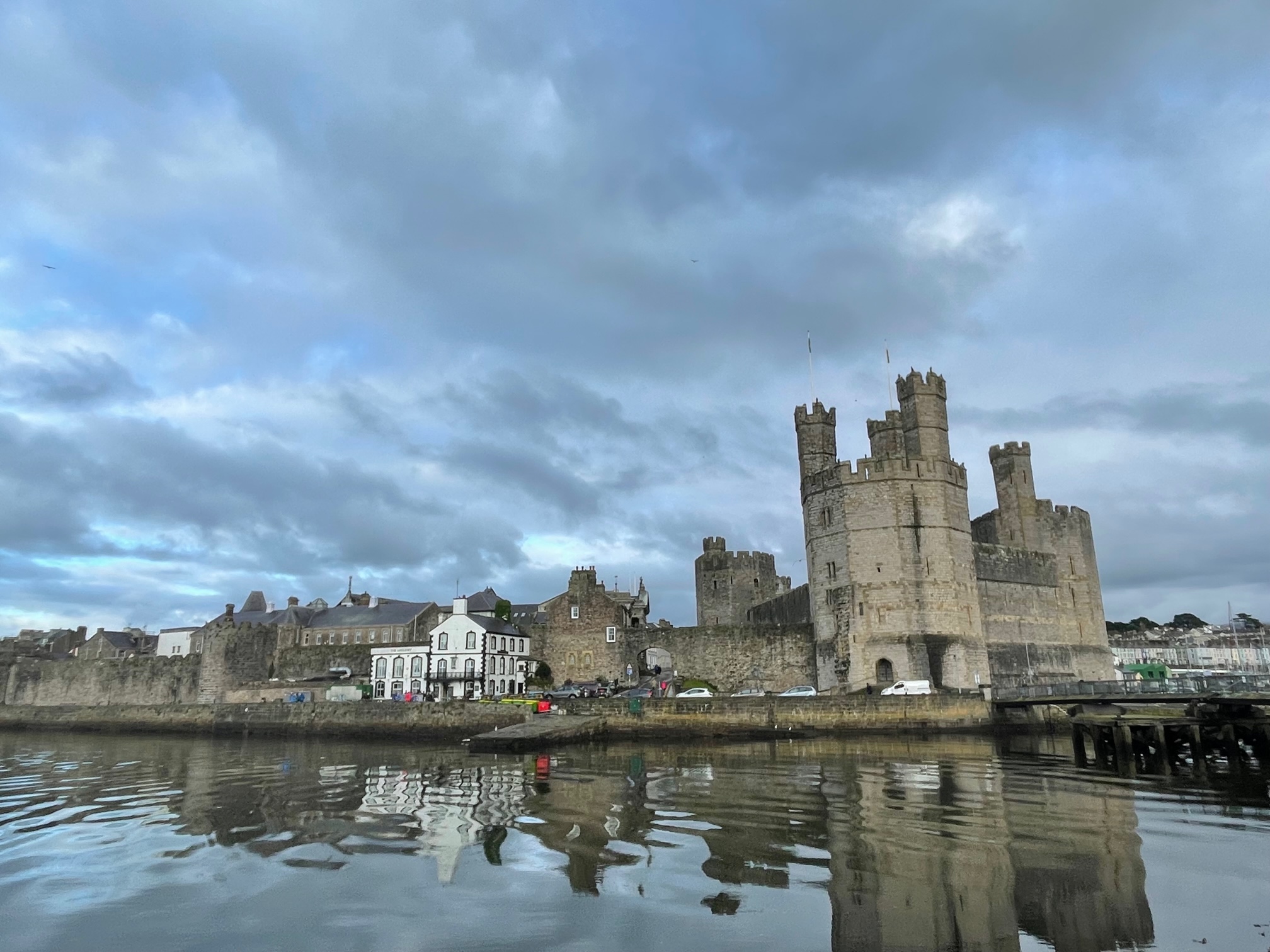I spent the 2023-24 school year working toward a master’s degree in Arthurian studies—and there’s only one place in the world where you can do that: Bangor, Wales.
Bangor is a terrific community and a place I was proud to call home. Like anywhere else in the world, it comes with its highs and lows. I’ve lived in more than a dozen cities across five US states, Wales, France, and England. For me, Bangor ranks near the top.
One of the best things for me about living in Bangor has been the outstanding community. Now, I’m taking a look at #2 on my list of positives about life in Bangor: car-free living with public transit.
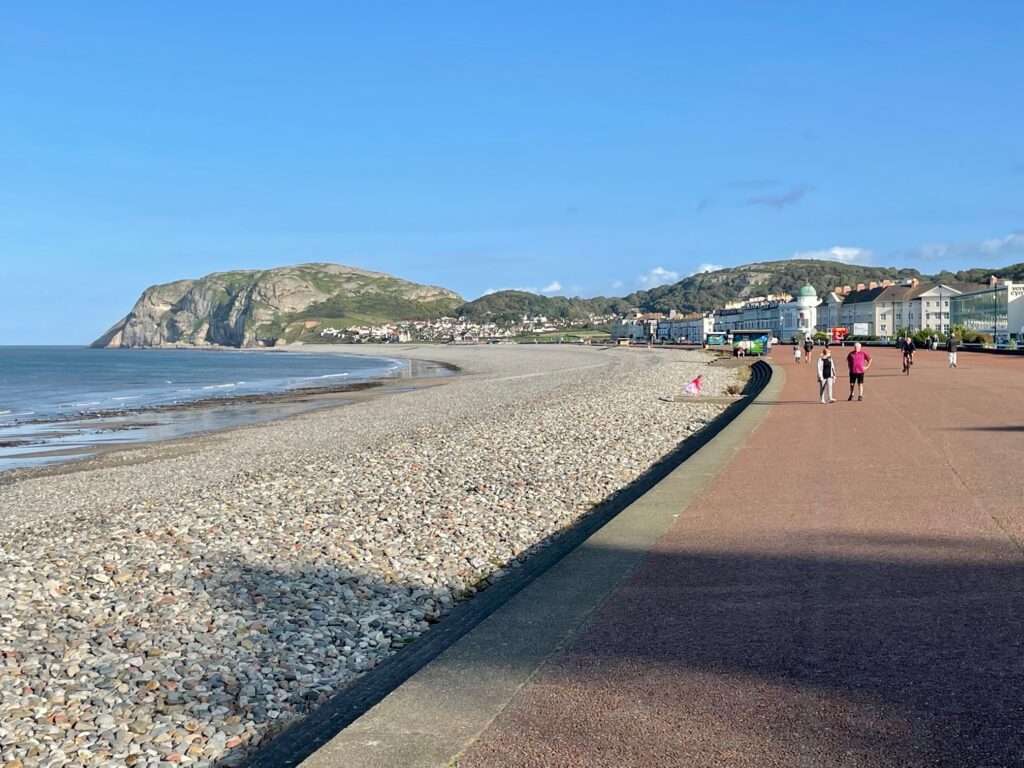
Public Transit
Talk to someone from Wales/Cymru, and you might get the impression that the transit system is coming apart at the seams.
Yet Wales, with its population of 3.3 million, boasts more than 200 train stations and hundreds of daily services to connect you with destinations across the country. By contrast, my home state of Michigan has a population of 10 million and a scant 20 train stations—most with a single service running daily to Chicago.
Needless to say, my experience as an American has set the bar pretty low when it comes to public transit. That said, we managed well during our year in Bangor without a car—a city that’s compact enough to walk most places and has regular bus services to connect you with local destinations.
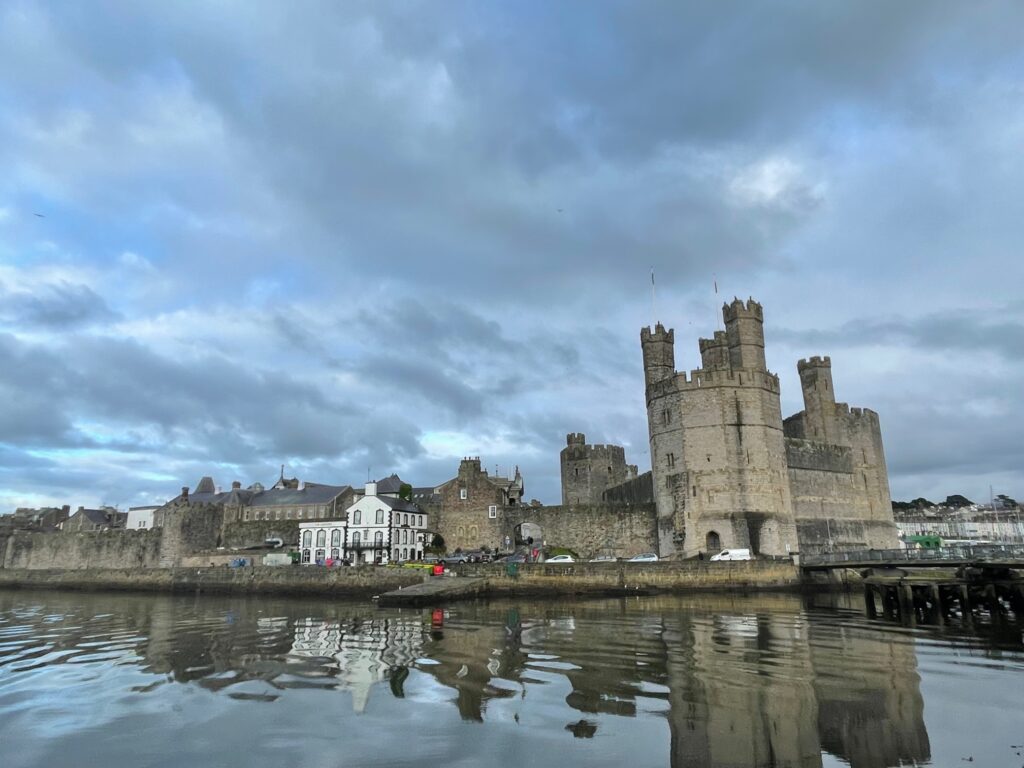
Bus
As most places in Bangor are close enough to walk to, we don’t often use the local buses, but it is a handy service to have.
Local bus lines connect you with Upper Bangor, Ysbyty Gwynedd (the hospital), as well as Caernarfon and Llandudno. Bangor is a major regional transit hub, with regular bus services that bridge the gap between coastal and mountain communities inaccessible by rail. There’s even a dedicated Sherpa’r Wyddfa that runs a few daily buses up to Pen y Pass and other destinations for hikers looking to explore Snowdonia/Eryri.
Regional buses will take you even further.
Earlier this year, my husband I were trying to get to Cardiff for a rugby match. The train and lodging were so expensive, we decided to take the bus along the west coast instead of the train. It took us all day, but it also saved us a lot of money.
Plus, if you’ve got the patience for it, the ride on the regional Traws Cymru buses can be gorgeous, providing a more intimate view of the remote Welsh countryside that’s sometimes harder to get on rail.
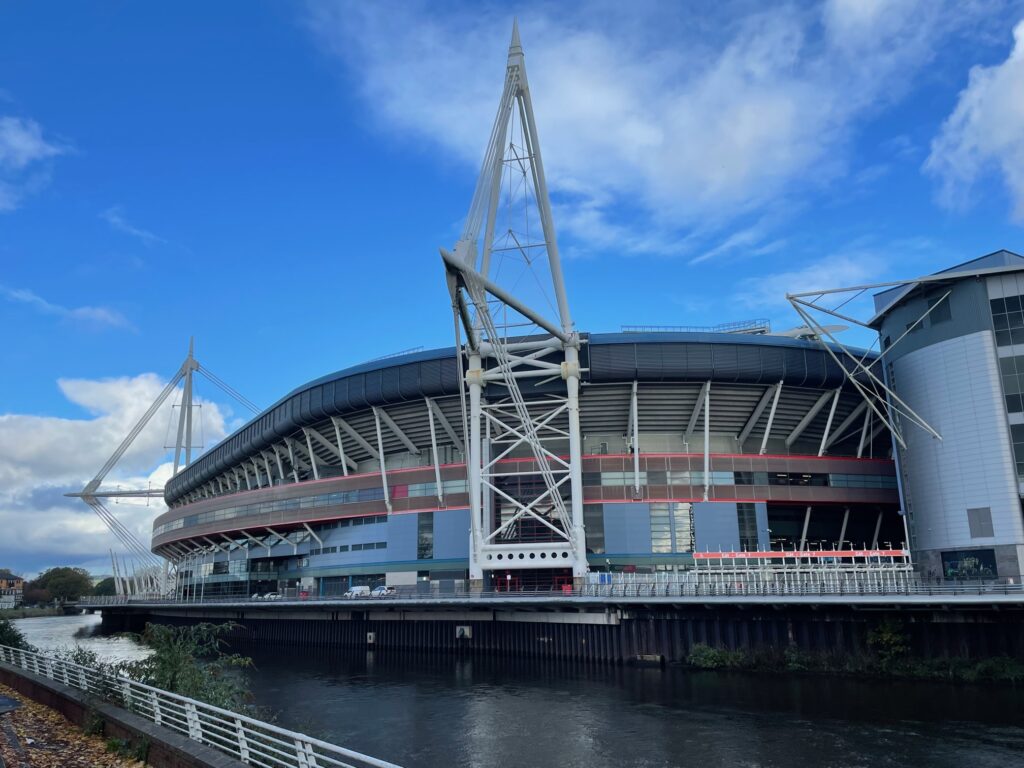
Train
When I mentioned that locals love to complain about transit, I specifically had the train in mind. And it’s true: it can be frustrating and sometimes pricey.
However, there’s plenty of good. The north Wales line runs from Holyhead to London, connecting Bangor with destinations along the north coast, and offering easy connections to nearby Liverpool—the unofficial capital of North Wales.
If you spend any time in Bangor, you’ll probably find your way over to nearby Llandudno, a Victorian seaside resort notable for its connections to Lewis Carrol’s Alice in Wonderland and its ancient mines that date back thousands of years. Because it’s located on a peninsula, you have to leave the main line and take a second train 10 minutes north. You might be tempted to think that this train exists only to take people from the main line to Llandudno. But you’d be wrong. Heading south from the main line, it will take you along the River Conwy and into the Snowdonia/Eryri Mountains. The ride alone is charming enough to justify a ride in itself, but I think it’s also worth a wander around the otherworldly Blaenau Ffestiniog at the other end of the line.
There is another side to all of this: although the train system is effective in what it does, it’s a system centered around English rather than Welsh needs. The train lines connect London with ports in Holyhead and Fishguard while serving destinations that lay on that track (such as Bangor). Nothing stresses the absurdity of the system more than needing to travel through England to get from one end of Wales to the other.
As such, it is significantly harder to get around Wales itself than to get from Wales to England. This can leave Bangor and the rest of North Wales feeling disconnected from the south of the country with its two parallel lines linking up with England to the east.
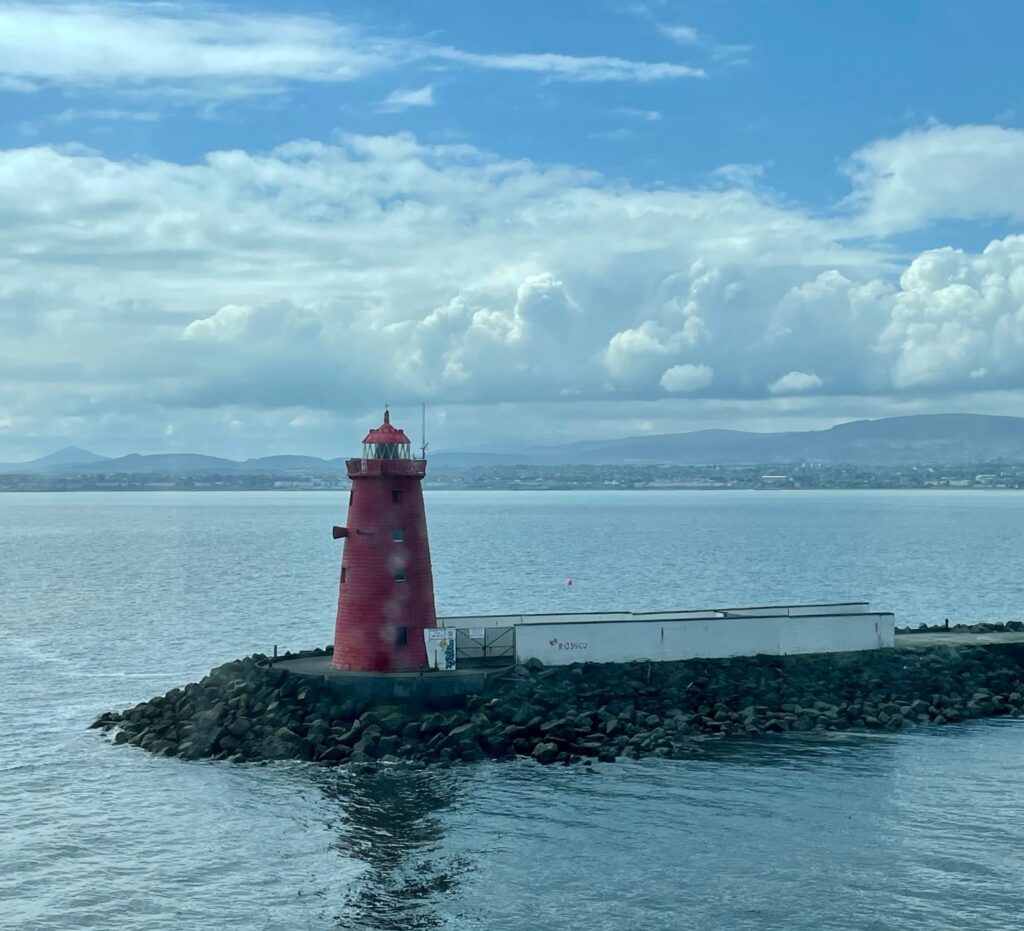
Ferry
One final stop: the ferry service between Holyhead and Dublin.
In terms of travel time, Bangor is situated evenly between Dublin and London—one is a three-and-a-half hour train ride, and the other is a three-and-a-half hour ferry ride. So, theoretically, both are possible day trips from Bangor, though with the connections you need to make to Holyhead and from the port in Dublin into the city it’s not quite as straightforward as hopping on and off a train.
Still, getting on and off the ferry in Holyhead is as easy as can be with the train station and ferry port immediately adjacent to one another. The journey is pleasant enough, if somewhat uneventful—but keep your eyes peeled, I did manage to spot a dolphin on one of our trips.


